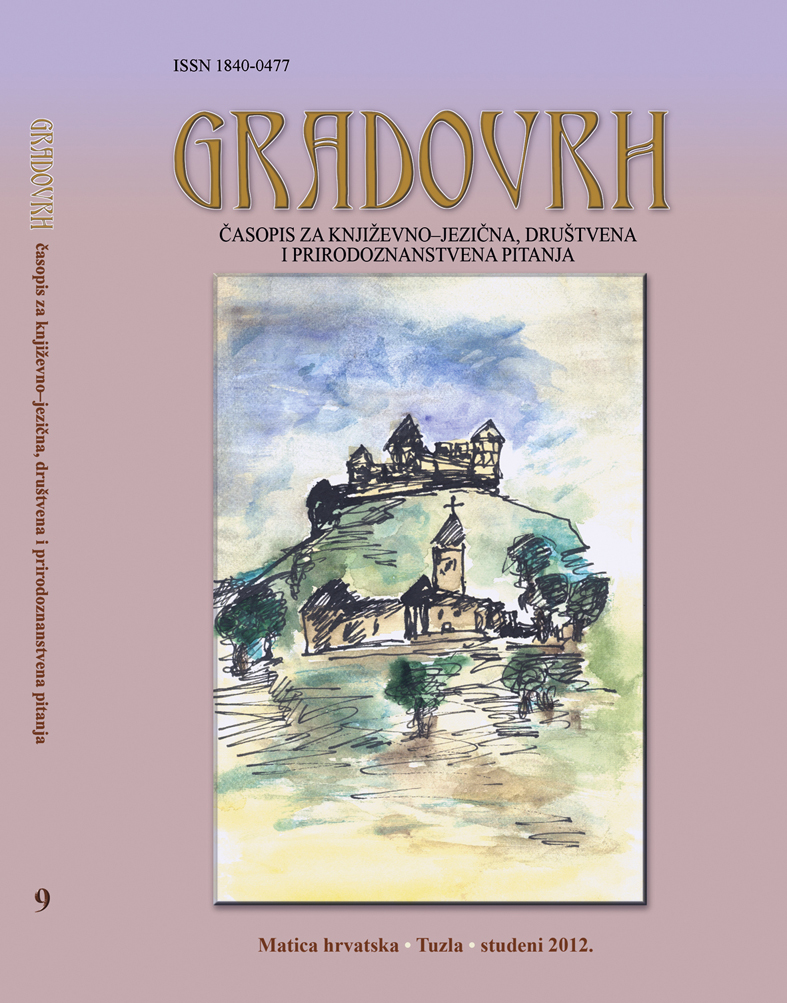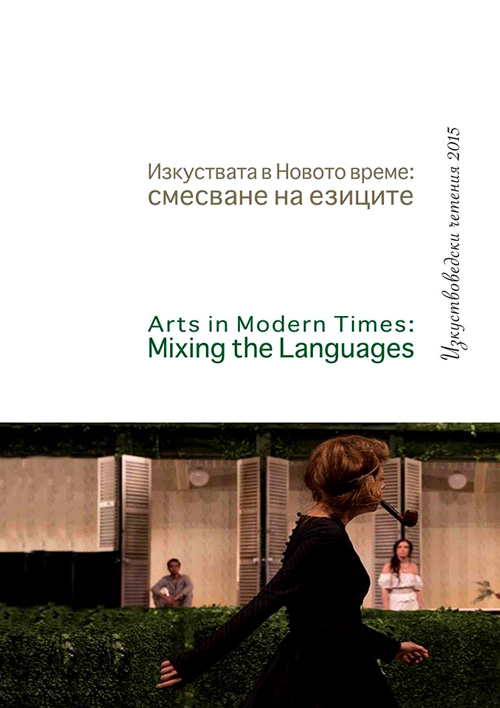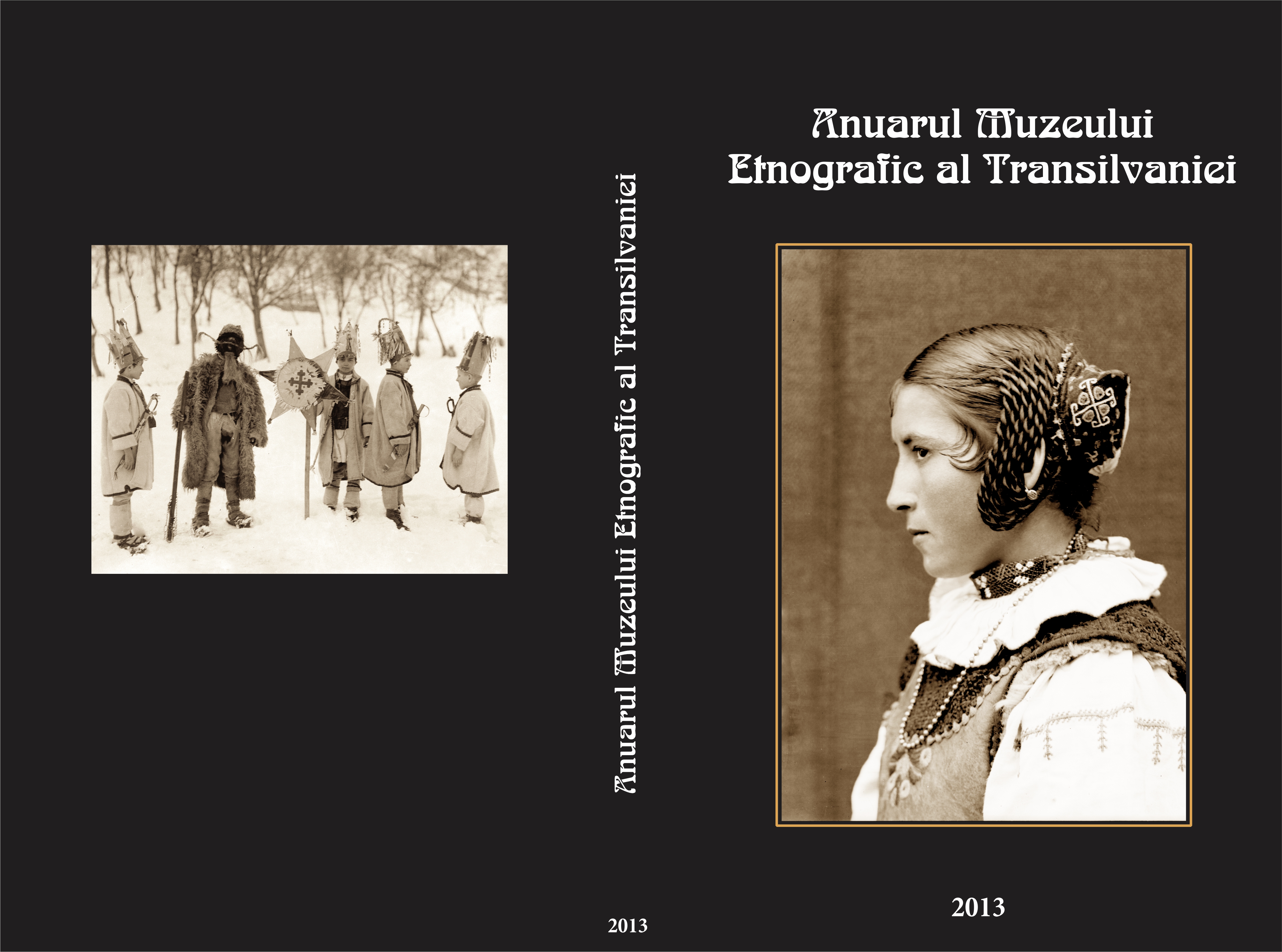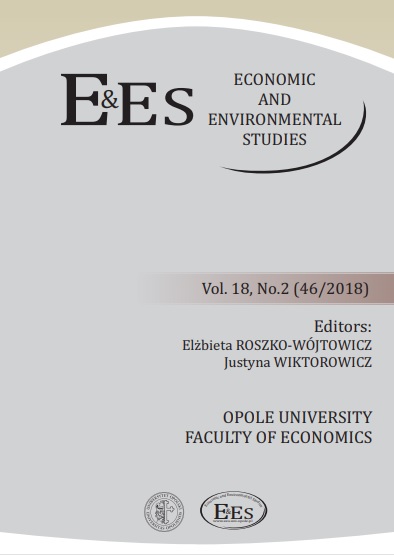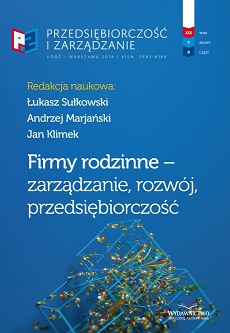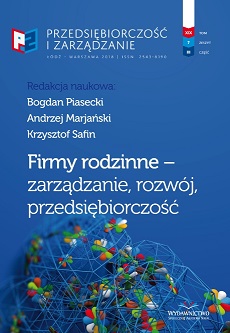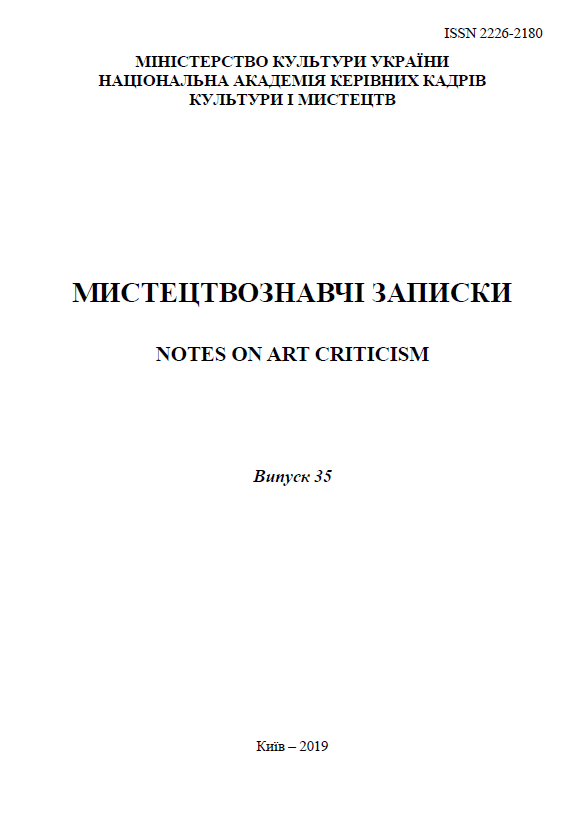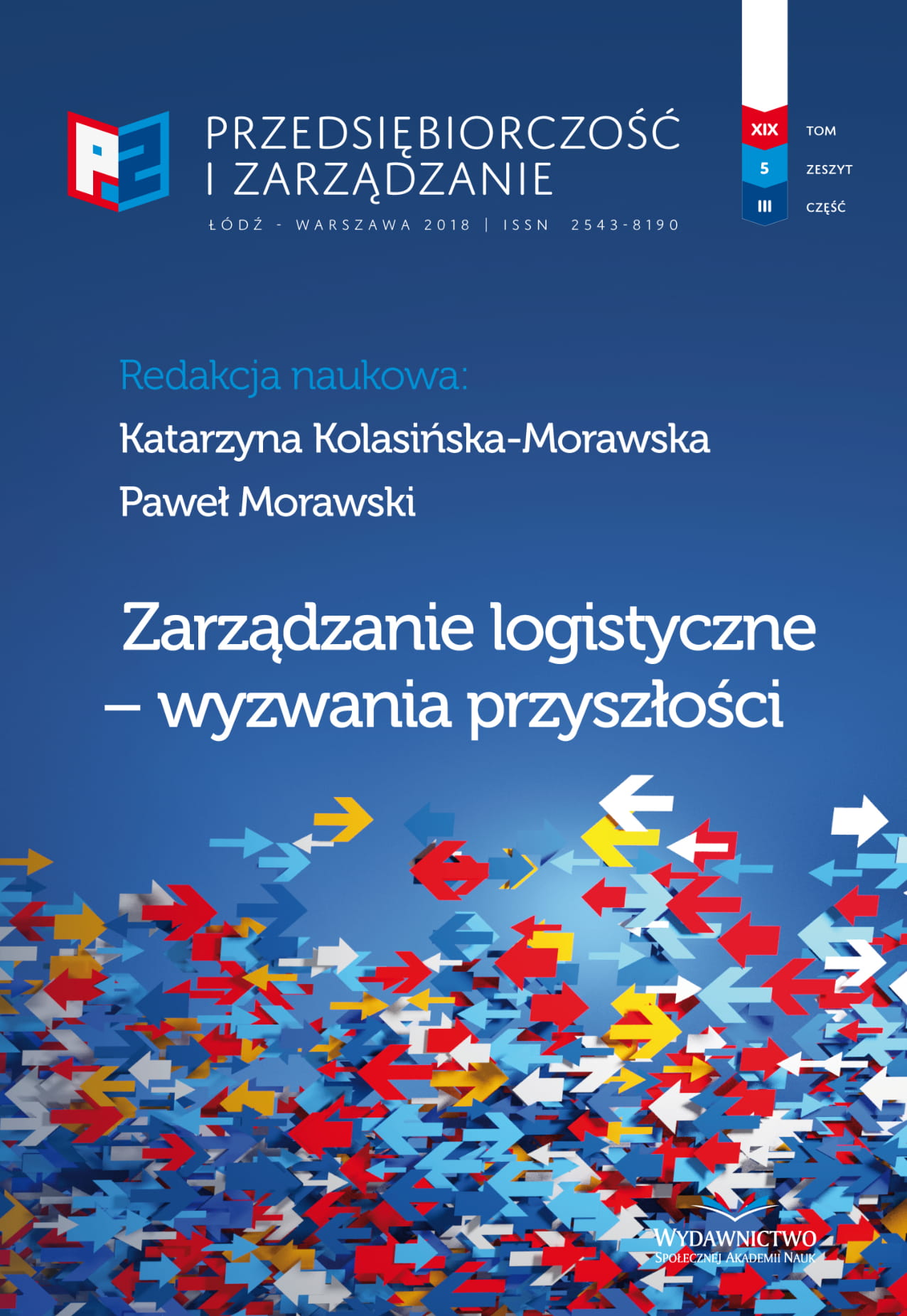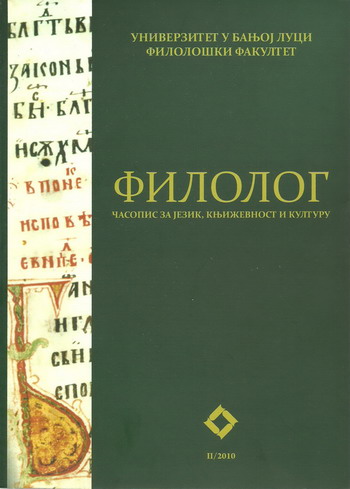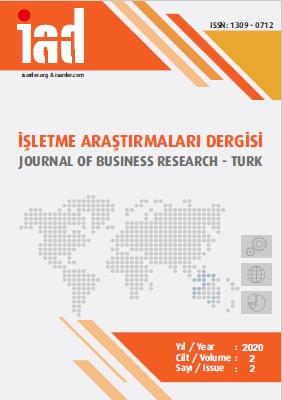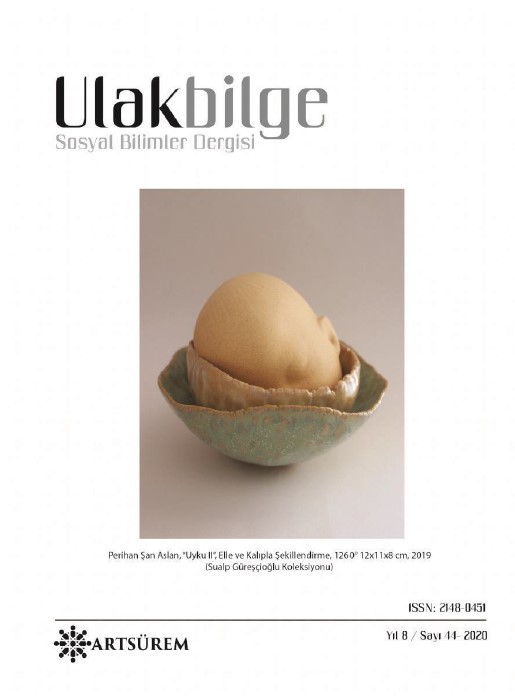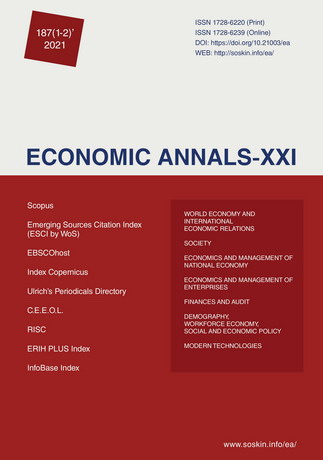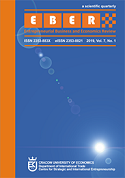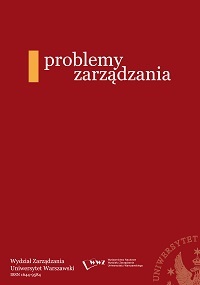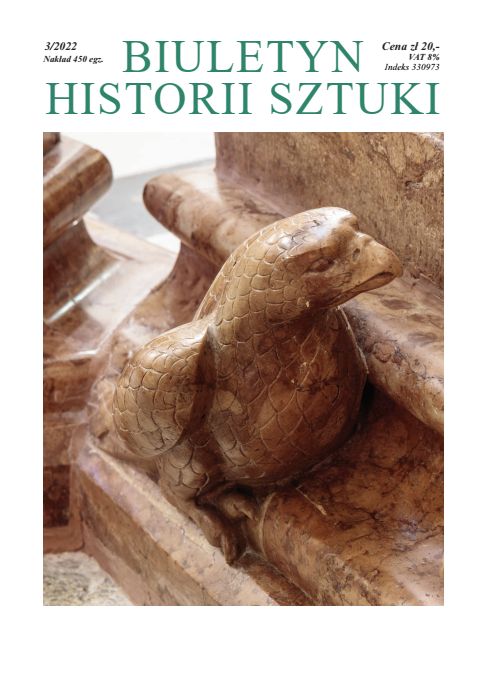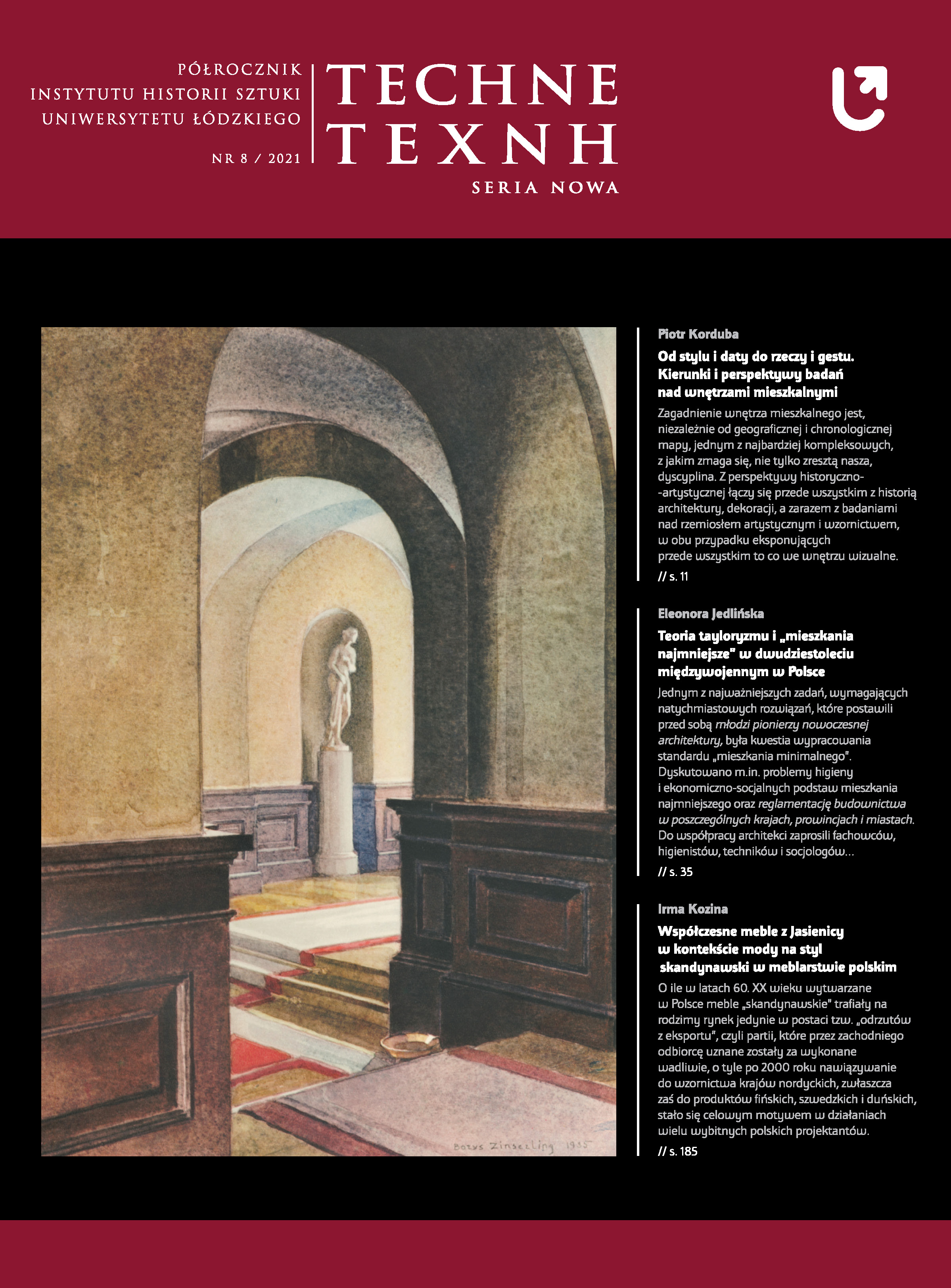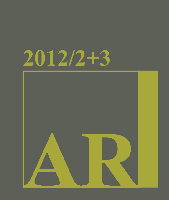
Upholstered seating furniture for business area
Oblazinjeno sedežno pohištvo za poslovni prostor
The aim of the workshop "Upholstered seating furniture for business areas" was to offer students knowledge in the field of industrial design. They were presented with theoretical knowledge and practical approaches to solving concrete design upholstered furniture intended for seating. The aim was to produce a practical, cushioned chair, with an accent on the identity of Slovene design. At the workshop, we discussed design issues regarding upholstered furniture for seating in business premises for meetings, seminars and conferences. Throughout the design process, all concepts were discussed in terms of aesthetics, ergonomic principles, design and production options. At the end of the workshop, the group of mentors selected the most promising project, which was built as a prototype by the Klun Ambienti company.
More...
